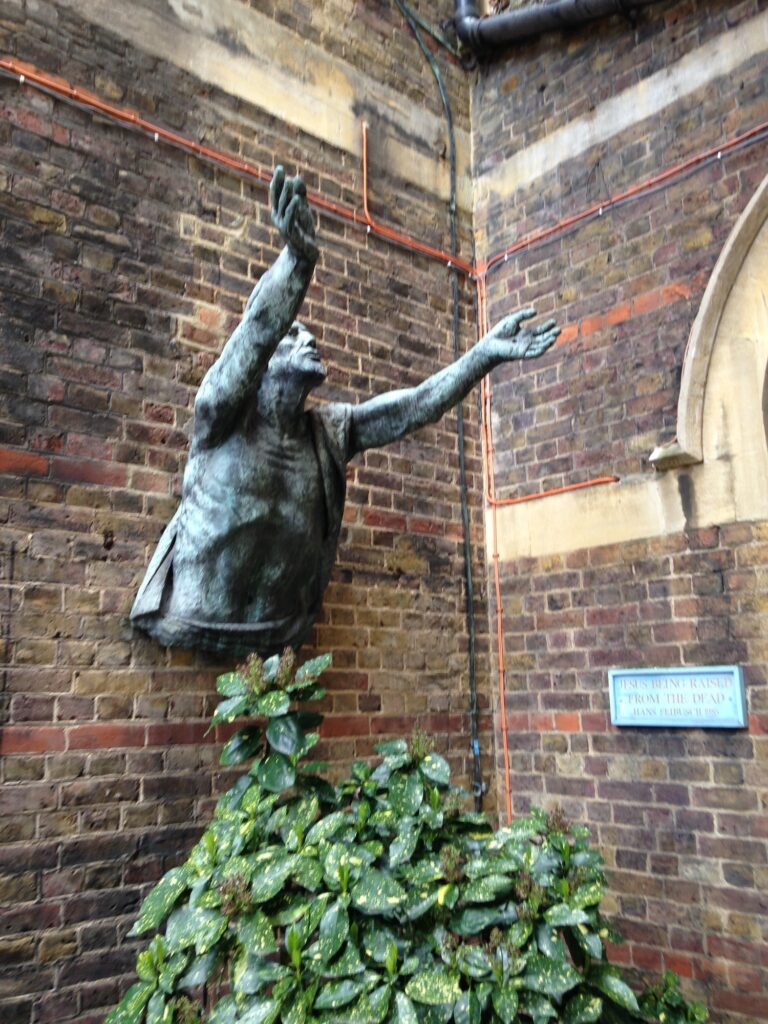What do you think about when you hear the name Primrose Hill? Good pubs, celebrity-residents, the view over London? For me it’s a neighbourhood that looks as it does because of the building of the Regent’s Canal and the railways.
When the canal was being extended into the area, developers foresaw no obstacle to their plans for elegant houses like those along Regent’s Park: the digging was to be by hand, and the heaps of soil produced might be useful. But then they saw what building the railway did to nearby Camden Town – what Dickens in Dombey and Son called mud and ashes, frowzy fields, dunghills, dustheaps and ditches. When the soot thrown up turned to grime on the eastern edge of the new neighbourhood, all bets were off: Developers switched to building terraced houses.
Who did all the digging and throwing, who sweated and toiled to make the great engineering feats reality? They were called many names – Excavators, Cutters, Diggers, Bankers, Navigators – before Navvies was printed in a news item of 1830 and the name stuck. These itinerant workers became almost mythic figures, considered mysterious and fearsome because of how they lived: not in settled families, camping wherever the work decreed, swanning into streets and pubs in eye-catching dress.
To focus on folks like the navvies is why I became a guide: to tell histories of those often treated like props in the background on the stage of Big Events. This tradition is called History from Below, and it makes a great way to see with new eyes neighbourhoods you think you already know.
There are challenges, because whoever was recording events at the time almost always overlooked the labourers, whether they were scullery maids or navvies. But there are ways to find out, and tracking them down is my delight.
Walk the story of Primrose Hill and the Navvies on 2 March 2024.
My moniker the Naked Anthropologist dates from decades when I was a researcher and activist with undocumented women. The anthropological stance of observing people as part of their own culture with its own logic allowed me to do the work. Naked Anthropology means Plain Speaking on subjects often ignored or swept under the rug; History from Below tries to do the same thing.
Consider Holborn, that shrine of eminent legal institutions and insurance titans. Less grand histories lurk beneath that surface. One of them, the migration of Italians, is well recognised, but for anyone interested in migration the area is a prime example of how migrating peoples move in, live side-by-side and mix with other ethnic or national groups and then move on again.
The history of streets from the Fleet Ditch to Grays Inn Road and from High Holborn to north of the Clerkenwell Road can be told through migrations of people looking for ways to make new lives, using their skills when possible or taking whatever jobs were going. Poor Irish, freed slaves, Jewish diamond-cutters and migrants from the rest of England all lived in this area when it held no appeal for wealthy Londoners. Some migrants didn’t want to come and others did: All have left their marks.
Come along and walk Historic Workingclass Migrations to London on 17 March 2024.
See my other walks coming up, both in and out of Camden, on Eventbrite.
This article was first published in the Camden Guides newsletter of 17 February 2024.
–Laura Agustín, the Naked Anthropologist



